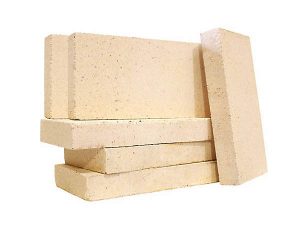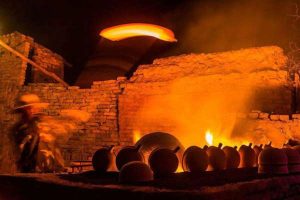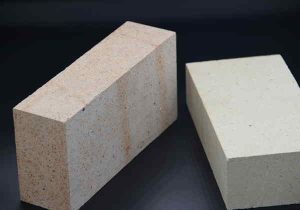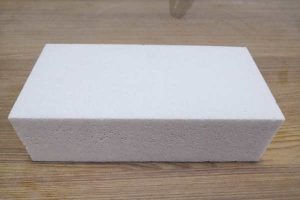Firebrick, also known as refractory brick, is a specialized type of building material designed to withstand high temperatures and harsh environments.
These bricks are commonly used in industrial applications, where they provide critical insulation and protection against heat and abrasion.
In this article, we will explore the history of refractory brick, its properties and characteristics, and its various applications in industry.
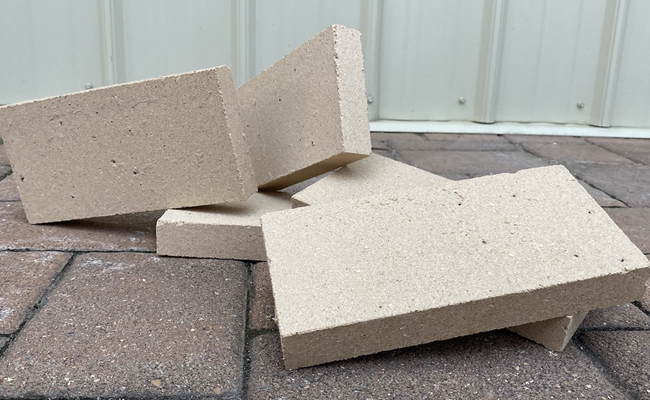
History of Firebrick
ال use of fire-resistant bricks dates back thousands of years, to the ancient civilizations of Greece and Rome.
The Greeks were the first to develop a basic form of firebrick for sale, which was made from clay and baked in a kiln.
The Romans later improved upon this technology, developing a more sophisticated form of firebrick that was used in the construction of their famous aqueducts and bathhouses.
The use of firebrick continued to evolve over the centuries, with significant advances occurring during the Industrial Revolution of the 18th and 19th centuries.
During this time, the demand for the fire brick & refractory company increased dramatically, as new industries such as steel production, تصنيع الزجاج, and chemical processing emerged.
As a result, the technology and production methods used to make firebrick also improved, developing stronger, more durable, and more heat-resistant materials.
Properties and Characteristics of Firebrick
Fire-resistant bricks are specialized building material designed to withstand high temperatures and harsh environments.
These firebricks are typically made from materials such as clay, الألومينا, والسيليكا, which are able to withstand temperatures of up to 3,000 degrees Fahrenheit or more.
One of the key properties of firebrick is its ability to resist thermal shock. Thermal shock occurs when a material is subjected to rapid changes in temperature, which can cause it to crack or break.
Refractory brick is able to resist thermal shock because it has a low coefficient of thermal expansion, meaning that it does not expand or contract significantly when exposed to changes in temperature.
Another important characteristic of a firebrick is its ability to resist abrasion. In industrial settings, firebrick is often exposed to abrasive materials such as molten metal or slag, which can cause it to wear down over time.
Fire brick is able to resist this type of wear and tear because it has a high degree of hardness and is able to withstand the impact of abrasive particles.
Fire-resistant bricks are also highly insulating, meaning that it is able to prevent the transfer of heat from one area to another.
This property is important in industrial settings, where it is often necessary to maintain a specific temperature in a given area.
Firebrick is able to provide insulation by trapping air pockets between its grains, which slows down the transfer of heat.
Applications of Firebrick in Industry
Firebrick has a wide range of applications in industry, where it is used to provide insulation and protection against high temperatures and harsh environments.
Some of the most common applications of firebrick in the industry include:
1. Steel production
Firebrick is used extensively in the production of steel, where it is used to line the furnaces and other high-temperature areas of the steelmaking process.
Firebrick is able to withstand the extreme temperatures and corrosive environments of the steelmaking process and is also able to resist the wear and tear caused by abrasive materials such as slag and molten metal.
2. Glass manufacturing
Firebrick is also used in the manufacturing of glass, where it is used to line the furnaces and kilns used to melt and shape the glass.
Heat-resistant fire bricks are able to withstand the high temperatures and thermal shock of the glassmaking process, and are also able to resist the corrosive effects of molten glass.
3. Chemical processing
Firebrick is used in chemical processing plants to line reactors, أفران, and other high-temperature areas.
Firebrick is able to withstand the corrosive effects of many chemicals and is also able to provide insulation, which is important in maintaining a consistent temperature and avoiding unwanted reactions.
4. Refining
Firebrick is used in the refining of metals and minerals, where it is used to line furnaces and other high-temperature areas.
Firebrick is able to withstand the extreme temperatures and abrasive materials used in refining, and is also able to resist the corrosive effects of some chemicals.
5. Power generation
Firebrick is used in power generation plants to line boilers, أفران, and other high-temperature areas.
Fire-resistant refractory bricks are able to withstand the extreme temperatures and corrosive effects of burning coal or other fuels and are also able to provide insulation to help maintain the efficient operation of the power plant.
6. Kilns
Firebrick is used in the construction of kilns used in the firing of ceramics, الفخار, وغيرها من المواد.
Firebrick is able to withstand the high temperatures and thermal shock of the firing process and is also able to provide insulation to help maintain a consistent temperature and avoid unwanted reactions.
7. Incineration
Firebrick is used in the construction of المحارق, where it is used to line the combustion chamber and other high-temperature areas.
Fire-resistant bricks is able to withstand the extreme temperatures and corrosive effects of burning waste and is also able to provide insulation to help maintain the efficient operation of the incinerator.
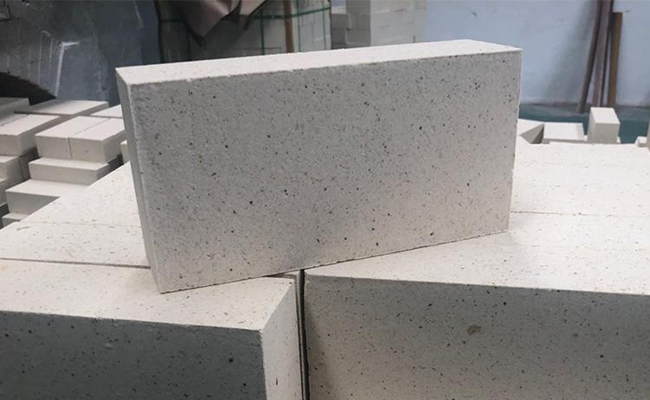
Advancements in Firebrick Technology
The development of new technologies and materials has led to significant advancements in firebrick technology in recent years.
Some of the most important advancements include:
1. New materials
Advances in materials science have led to the development of new materials that are stronger, more durable, and more heat-resistant than traditional fire-resistant bricks for sale.
Some of these new materials include refractory ceramic fibers, which are able to withstand temperatures of up to 2,700 degrees Fahrenheit, and advanced composite materials, which are able to withstand even higher temperatures.
2. Improved manufacturing processes
The development of new manufacturing processes has also led to improvements in firebrick technology.
على سبيل المثال, the use of computer-controlled kilns and other advanced equipment has made it possible to produce firebrick that is more consistent in terms of its properties and characteristics.
3. Innovative designs
Advances in design have also played a role in the development of new firebrick technologies.
على سبيل المثال, the use of modular firebrick systems has made it possible to quickly and easily replace damaged bricks, reducing downtime and improving efficiency.
Environmental Considerations
The production and disposal of fire-rated bricks can have significant environmental impacts.
على سبيل المثال, the manufacturing process used to produce firebrick can result in the release of greenhouse gases and other pollutants.
بالإضافة إلى ذلك, the disposal of used firebrick can also be a challenge, as these bricks are often contaminated with hazardous materials.
To address these environmental concerns, many companies are exploring new ways to reduce their environmental footprint.
على سبيل المثال, some companies use more sustainable manufacturing processes, such as using renewable energy sources to power their facilities.
Others are exploring ways to recycle or reuse used fire-rated bricks, reducing the amount of waste that is sent to landfills.
خاتمة
Firebrick is a specialized building material that is essential in many industrial applications.
Its ability to withstand high temperatures and harsh environments makes it an important component in industries such as steel production, تصنيع الزجاج, and chemical processing.
Advances in materials science, manufacturing processes, and design have led to significant improvements in fireproof brick technology, making it possible to produce bricks that are stronger, more durable, and more heat-resistant than ever before.
As the demand for heatproof bricks continues to grow, it is significant for companies to consider the environmental impacts of their production and disposal processes and explore new ways to reduce their environmental footprint.

